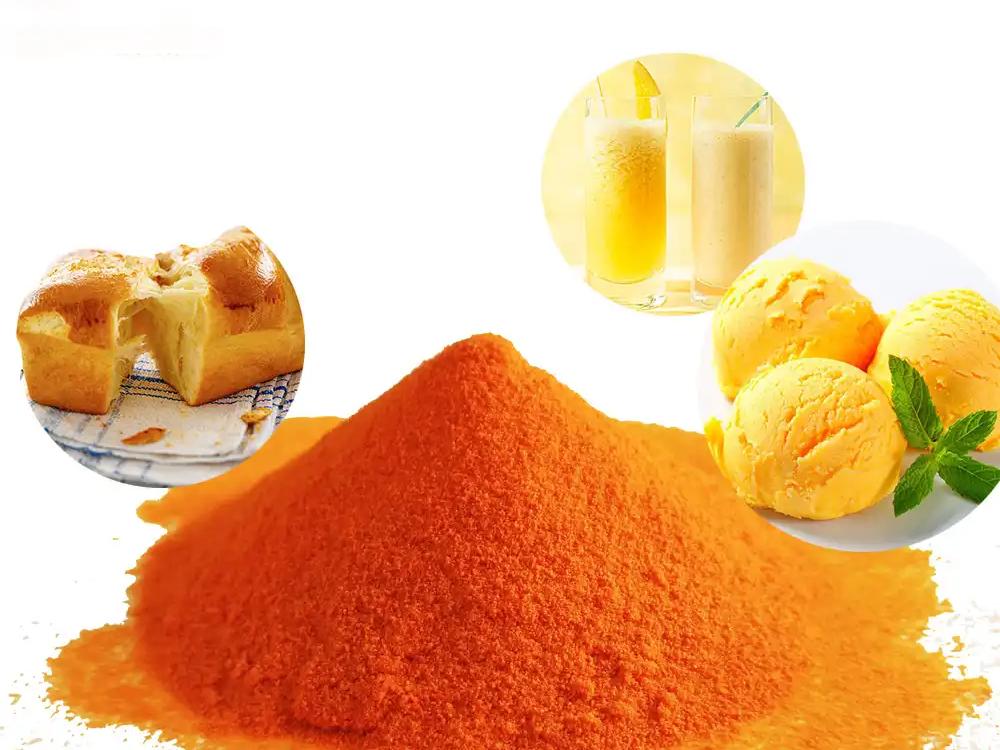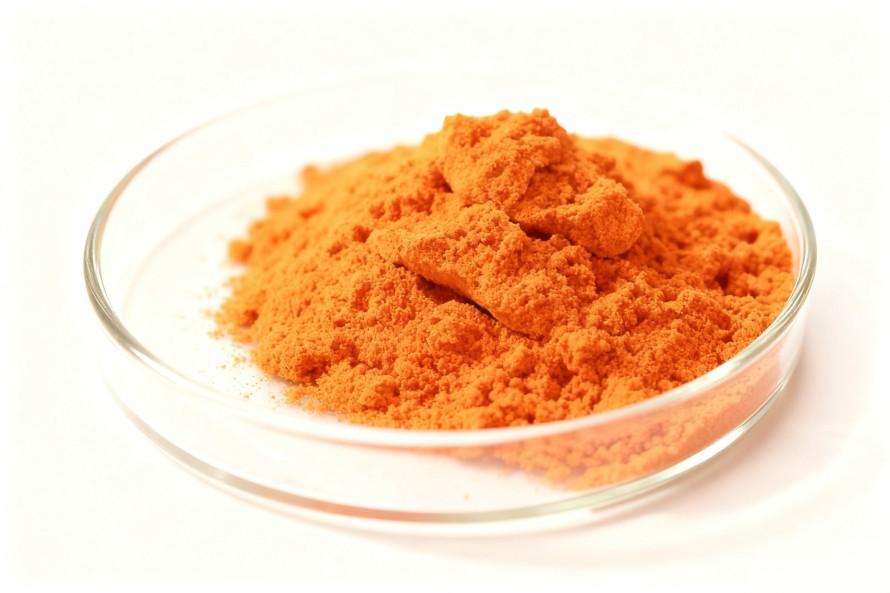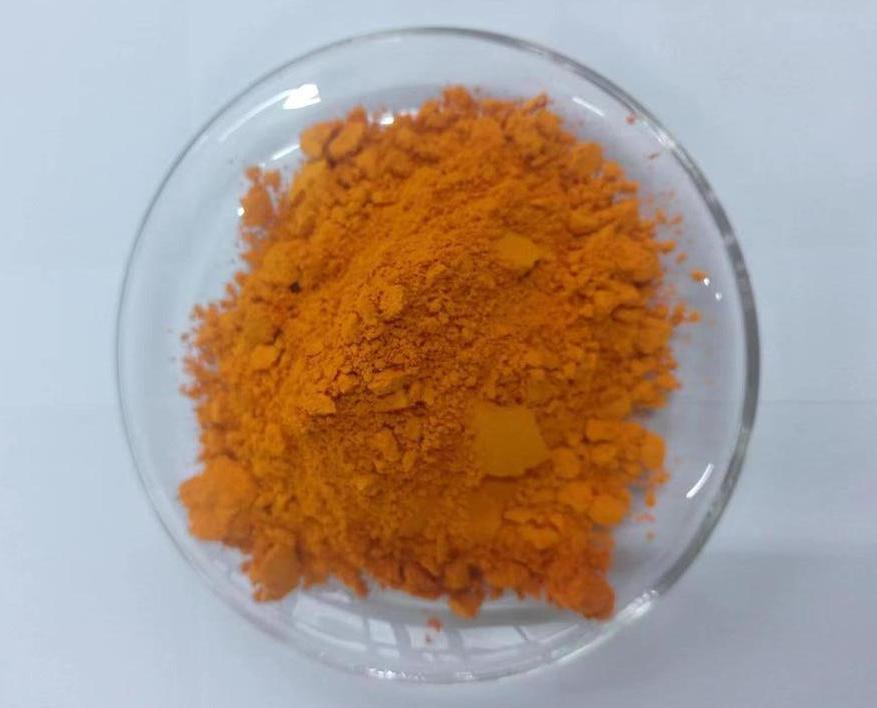How to Select the Most Suitable Beta-Carotene Raw Material Based on Your Product Formulation?
When developing a new product, have you ever faced this dilemma: the market offers a bewildering array of beta-carotene raw materials, ranging from inexpensive standard powders to various high-end formulations. Even more perplexing is that sometimes, even after selecting what seems like a suitable raw material, the final product still suffers from issues like uneven coloration, sedimentation, or nutrient degradation over time. This not only wastes initial R&D investment but may also cause a promising new product to miss its market window.
The root cause often lies in misaligned selection criteria. In beta-carotene applications, there is no such thing as a “best” universal raw material—only the solution “best suited” to your specific product system. Using a raw material designed for oil-based systems in clear beverages, or employing a heat-sensitive material in baked goods, will inevitably yield suboptimal results—regardless of the material's inherent quality.
To empower precise decision-making, Green Spring Technology presents this professional selection guide. We will guide you step by step to identify the optimal solution across three dimensions: product base, processing conditions, and core requirements. This ensures ingredient selection no longer becomes a bottleneck in product development.
1 Define Your Product “Base” — Aqueous, Oily, or Powder?
The first step in selection, akin to surveying the foundation before building a house, is to clarify your product's fundamental attribute: its core matrix system. This forms the bedrock of all decisions; incorrect choices will render subsequent process adjustments inefficient.
1.1 Water-Based Systems (e.g., Juices, Beverages, Syrups, Jellies)
· Core Challenge: β-Carotene is inherently fat-soluble and incompatible with water, making it prone to sedimentation, separation, and bottle wall adhesion. It also undergoes photo-oxidation easily in transparent systems.
· Selection Key: Must choose water-dispersible raw materials, such as microencapsulated or emulsified powders/emulsions, which rapidly disperse in water to form uniform, stable systems.
· Green Spring Solution: For this system, Green Spring Technology's “ClearSol” series is specifically engineered to solve water-based application challenges, offering exceptional cold-water solubility and solution stability.
1.2 Oily Systems (e.g., edible oils, butter, margarine, soft capsule fillings)
· Core Challenge: Ensure complete dissolution of β-carotene in fats/oils, preventing crystallization and precipitation while inhibiting lipid oxidation chain reactions that accelerate pigment degradation.
· Selection Key: Oil suspensions represent an economical and efficient choice for this system, offering excellent compatibility with the oil phase and uniform dispersion.
· Green Spring Solution: Green Spring Technology's “High-Stability” oil suspension series offers high loading capacity and superior oxidative stability, seamlessly integrating with diverse lipid systems.
1.3 Powder/Solid Systems (e.g., milk powder, solid beverages, tablets, powdered nutritional sachets)
· Core Challenge: Ensure raw materials exhibit good powder flowability, low dust generation, and uniform blending with other powdered ingredients to prevent caking and cross-contamination.
· Selection Key: Free-flowing dry powders (typically encapsulated) are optimal, facilitating easy premixing and ensuring uniform distribution of color and nutrients in the final product.
· Green Spring Solution: Green Spring Technology's powder series undergoes specialized granulation for exceptional flowability and high mixing uniformity, making it an ideal partner for solid formulations.
2 Assess Your Process “Stresses” — Heat, Force, Acid
After defining the product base, the next critical step is evaluating the manufacturing journey your product will undergo. Different processing methods, akin to varying climatic conditions, pose significant challenges to β-carotene stability.
2.1 Thermal Processing Challenges (e.g., Baking, High-Temperature Sterilization, Spray Drying)
· Process Impact: High temperatures directly damage β-carotene's molecular structure, causing rapid activity decline and significant color darkening.
· Selection Key: Heat-resistant raw materials are essential. Standard materials suffer accelerated loss above 70°C, while specially encapsulated products withstand higher temperatures.
· Green Spring Solution: Our microencapsulation technology creates an effective thermal barrier. Test data shows over 95% activity retention after 85°C/30-minute processing—far exceeding standard materials.
2.2 Mechanical Stress Challenges (e.g., high-speed shear, high-pressure homogenization)
· Process Impact: Intense mechanical forces disrupt β-carotene's physical structure, causing emulsion breakdown and protective layer damage that compromises long-term stability.
· Selection Criteria: Raw materials with robust structural integrity must withstand mechanical stress during processing without degradation.
· Green Spring Solution: Green Spring Technology employs multi-layer composite encapsulation. Products undergo high-pressure homogenization testing, maintaining over 98% structural integrity to ensure stability under demanding processes.
2.3 Acidic Environment Challenges (e.g., fruit juice beverages, acidic gummies)
· Process Impact: Low pH environments accelerate β-carotene degradation, causing discoloration and loss of activity, particularly noticeable in transparent products.
· Selection Criteria: Acid-resistant formulations must be chosen for acidic systems to ensure stability throughout the shelf life.
· Green Spring Solution: We provide formulations optimized for acidic environments, achieving over 90% color retention within 90 days in a citric acid system at pH 3.0.
2.4 Other Process Considerations
· Light Exposure: For transparent packaging, select ingredients with high light stability.
· Storage Duration: Products requiring extended shelf life need formulations with superior oxidative stability.
· Mixing Sequence: Certain ingredients have specific requirements for addition order.
Process Compatibility Evaluation Table
Process Type | Key Impact | Recommended Solution |
Heat Processing | Loss of activity, color darkening | Heat-resistant embedding products |
Mechanical Handling | Structural damage, reduced stability | High mechanical strength formulations |
Acidic Environment | Accelerated degradation, discoloration | Acid-resistant optimized formulations |
Transparent Packaging | Enhanced photo-oxidation | High light stability products |
3 Define Your Value Proposition—Coloring, Nutrition, or Dual Functionality?
After determining the product base and manufacturing process, the final critical decision is: What role do you want beta-carotene to play in your product? Different market positioning and consumer demands will directly dictate which tier of raw material you should select.
3.1 Focus on “Natural Coloring” Functionality
· Core Appeal: Pursue vibrant, stable, and long-lasting natural yellow hues to meet clean label trends and replace synthetic dyes.
· Performance Priorities: Coloring Power > Color Stability > Cost-Effectiveness. Key considerations include raw material hue (λmax value), absorption coefficient, and fading rate across different systems.
· Selection Recommendations: Opt for β-carotene products with high chromaticity and stability optimization. For products demanding extreme color consistency, microencapsulation technology offers optimal color protection.
· Green Spring Solution: Our “Premium Color” series is developed for clients with ultimate color requirements, offering multiple shades from orange-yellow to golden yellow with guaranteed batch-to-batch consistency.

3.2 Highlighting “Nutritional Fortification” Functionality
· Core Objective: Achieve explicit vitamin A nutritional claims, ensuring products deliver labeled nutritional benefits throughout their shelf life.
· Performance Priorities: Bioavailability > Activity Stability > Content Accuracy. Focus on the active form (all-trans content) and in-vivo conversion efficiency of raw materials.
· Selection Recommendations: Choose products with high bioavailability and active retention rates. Oily systems or encapsulated products typically better protect activity and enhance absorption efficiency.
· Green Spring Solution: Our “Nutrition+” series uses patented encapsulation technology to boost β-carotene bioavailability to over 1.5 times that of standard raw materials, ensuring active loss rates below 5% at the end of shelf life.
3.3 Pursuing Dual Value: “Color & Nutrition Synergy”
· Core Objective: Deliver outstanding visual impact alongside authentic nutritional benefits to create high-value products where 1+1>2.
· Performance Priority: Optimal comprehensive performance. Requires finding the ideal balance between coloring power and nutritional activity, with both exhibiting exceptional stability.
· Selection Recommendation: This represents the highest technical threshold, necessitating a comprehensive protection solution. Advanced microencapsulation technology is the only effective method to simultaneously lock in both color and activity.
· Green Spring Solution: Our flagship “Dual Protection” series employs multi-stage intelligent release technology. It not only delivers perfect color performance but also ensures precise release of nutrients within the digestive system, truly achieving “both visually appealing and effective.”
3.4 Decision Guide: Balancing Cost and Value?
· Economy Option: Meets basic coloring or nutritional needs, suitable for price-sensitive markets
· Balanced Option: Achieves optimal equilibrium between cost and performance, ideal for mainstream market competition
· Premium Option: Pursues ultimate performance and product differentiation, tailored for high-end brand positioning
4 Green Spring Technology: Your Trusted β-Carotene Application Advisor
Our value begins after your initial selection. We understand that every successful product relies on reliable technology, consistent quality, and professional service. Choosing us means gaining not just an ingredient, but a trusted long-term technical partner.
Our Core Commitment
4.1 Professional Application Support: Safeguarding Your Product
· Dedicated test lines for beverages, confectionery, baked goods, and health supplements
· Full-cycle services from concept development and formulation design to process optimization
· Senior application engineers with over 10 years of industry experience on average
4.2 Flexible Service System for Custom Needs
· Complimentary samples: Shipped within 24 hours
· Small-batch trials: Trial packaging starting at 50kg
· Custom development: Tailored solutions for specialized requirements
Take action now to begin your professional selection journey
We invite you to experience Green Spring Technology's expertise:
Get your personalized selection plan immediately:
◆ Online consultation: Chat with technical experts in real-time via our website
◆ Sample request: Obtain customized samples matching your product
◆ Technical exchange: Schedule in-depth technical discussions with engineers
Contact us:
· Service Hotline: +86 29 88313578
· Technical Consultant: +86 13649243917 (WeChat/WhatsApp)
· Business Email: helen@greenspringbio.com
· Official Website: https://www.greenspringnatural.com/
Let's collaborate to create greater value for your products with professional technical services!
Reference
[1]Borowitzka MA. High-value products from microalgae—their development and commercialisation[J]. J Appl Phycol, 2013, 25(3):743-756.
[2]Han SI, Chang SH, Lee C, et al. Astaxanthin biosynthesis promotion with pH shock in the green microalga, Haematococcus lacustris[J]. Bioresour Technol, 2020, 314 :123725.
[3]MaT, Shi B, Ye Z, et al. Lipid engineering combined with systematic metabolic engineering of Saccharomyces cerevisiae for high-yield production of lycopene[J]. Metab Eng, 2019, 52 :134-142.
[4] López J, Cataldo VF, Peña M, et al. Build your bioprocess on a solid strain—β-carotene production in recombinant Saccharomyces cerevisiae[J]. Front Bioeng Biotechnol, 2019, 7 :171.
-
Prev
Cold-Water Soluble Beta-Carotene Powder for Crystal-Clear Beverages
-
Next
A More Efficient, Less Costly Solution for Microalgal Carotenoids Ingredient Extraction


 English
English French
French Spanish
Spanish Russian
Russian Korean
Korean Japanese
Japanese





